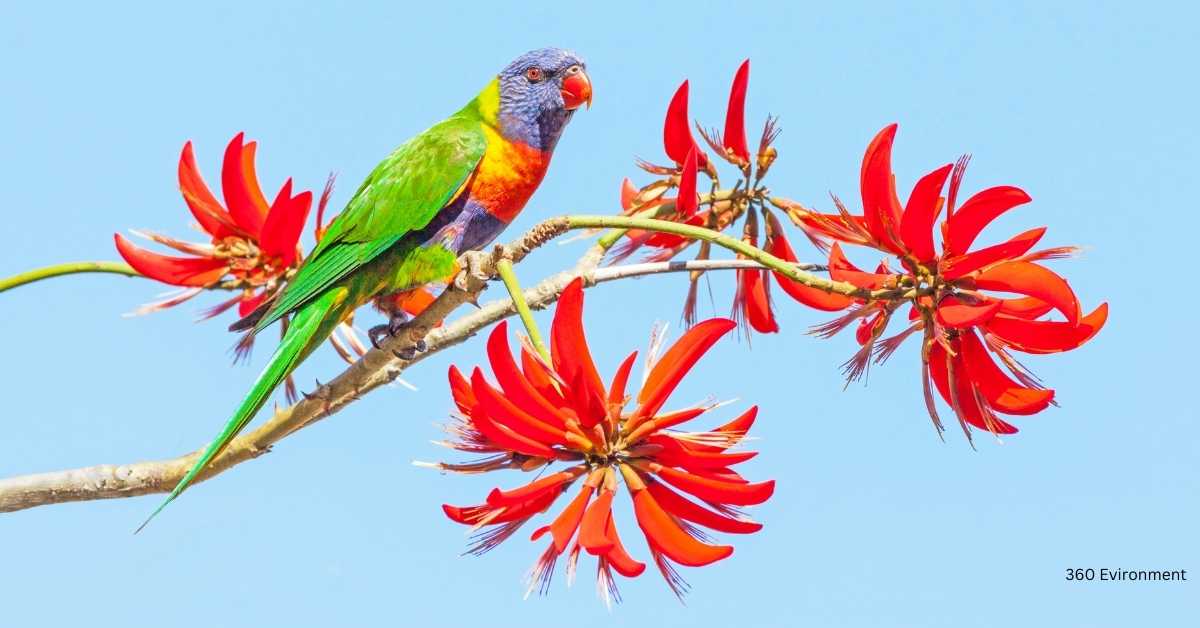Introduction
Creating a safe and enriching environment for pet parrots involves careful consideration of the plants they interact with. One plant that often comes up in discussions about avian safety is the coral tree (Erythrina spp.). Known for its striking appearance and ornamental value, the question arises: Is the coral tree safe for parrots? This article delves into the characteristics of the coral tree and assesses whether it poses any risks to parrots. By understanding the plant’s features and potential hazards, we can ensure that our feathered friends enjoy a secure and stimulating environment.
Overview of the Coral Tree
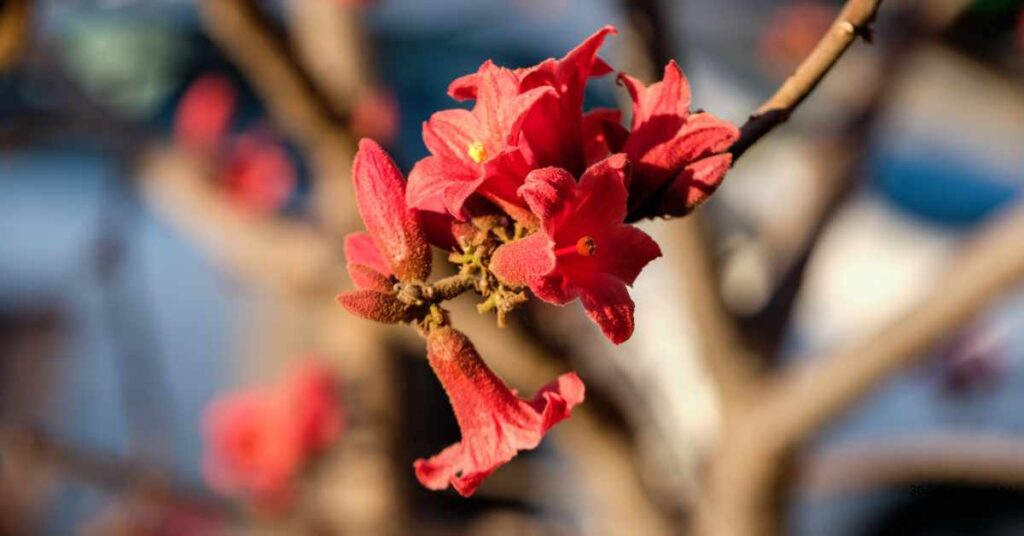
1. Botanical Characteristics
The coral tree, a member of the Erythrina genus, is renowned for its vibrant blooms and distinctive foliage. This plant is widely admired for its ornamental qualities but understanding its safety is crucial for parrot owners.
Key Features of Coral Trees:
- Appearance: The coral tree is famous for its coral-like flowers, which can be red, orange, or yellow. The leaves are typically compound, with leaflets arranged in a pinnate pattern.
- Size: Depending on the species, coral trees can range from small shrubs to large trees, with some reaching up to 30 feet (9 meters) tall.
- Growth Habit: Coral trees are either deciduous or semi-deciduous, shedding their leaves with seasonal changes. They are known for their rapid growth and their ability to attract pollinators.
2. Habitat and Distribution
Coral trees thrive in warm, tropical, and subtropical climates, making them a popular choice for ornamental planting in these regions. This is one of the reasons it becomes necessary to know that” coral tree safe for parrots ? “
Natural Habitat:
- Climate: Coral trees prefer warm climates with ample sunlight and well-drained soil, reflecting their native tropical and subtropical habitats.
- Distribution: They are found in various parts of the world, including Africa, the Americas, and Asia, where they are often grown for their decorative appeal.
Parrots and Their Environmental Needs
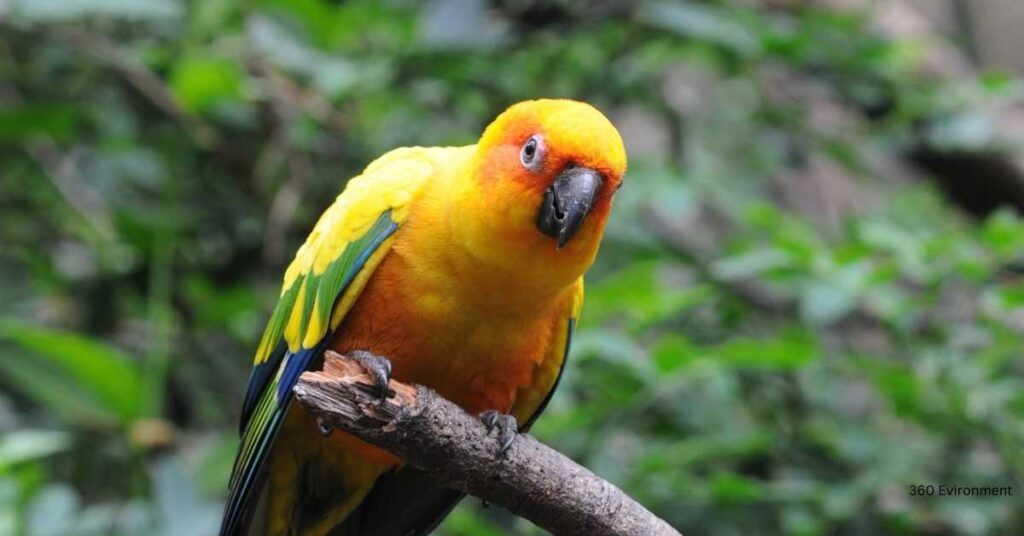
1. Understanding Parrot Habitats
Parrots are complex and intelligent birds with specific environmental needs. Creating a safe and stimulating environment is vital for their health and well-being.
Key Habitat Requirements:
- Enrichment: Parrots require mental and physical stimulation through toys, perches, and interactive activities. This helps prevent boredom and supports their overall health.
- Diet: A balanced diet including fruits, vegetables, seeds, and pellets is essential. Some plants and foods can be toxic, so it is important to be aware of what is safe.
- Safety: Ensuring that the environment is free from hazards such as toxic plants, chemicals, and unsafe materials is critical for a parrot’s health.
2. Common Plants and Parrots
While many plants can provide benefits and enrichment for parrots, others may pose risks. Knowing which plants are safe and which are not is crucial for parrot care. That’s why everyone asks, whether coral tree safe for parrots
Safe Plants:
- Non-Toxic Options: Many houseplants and garden plants are not coral but they are safe for parrots, such as spider plants, hibiscus, and dandelions.
- Benefits: Safe plants offer additional enrichment and variety, contributing to a parrot’s physical and mental well-being.
Toxic Plants:
- Dangerous Plants: Some plants are harmful to parrots, including philodendrons, poinsettias, and certain types of ivy.
- Symptoms of Poisoning: Ingesting toxic plants can lead to symptoms such as vomiting, diarrhea, lethargy, and potentially severe health issues.
Coral Tree Safe for Parrots
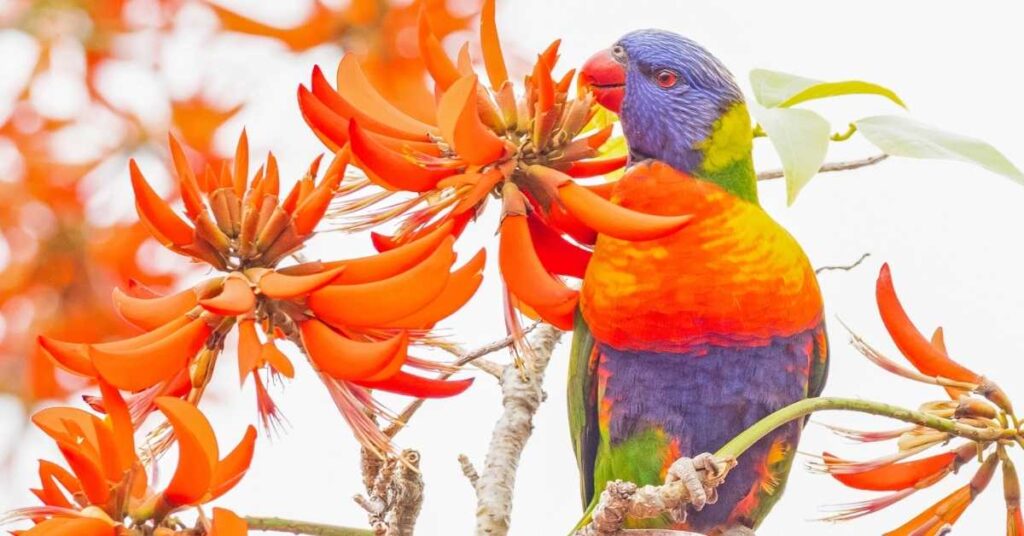
1. Assessing If Coral Tree Safe for Parrots
When considering if the coral tree is safe for parrots, it’s important to examine the potential risks and understand how the plant interacts with avian health.
Potential Risks:
- Toxic Compounds: Some species of coral trees contain alkaloids and other compounds that may be harmful if ingested. The degree of toxicity can vary between species and individual plants.
- Ingesting Parts of the Plant: The leaves, flowers, and seeds of coral trees could potentially pose risks if consumed by parrots. It is crucial to evaluate these risks to determine if the coral tree is safe for parrots.
2. Evaluating Risks and Parrot Behavior To know Are Coral Tree Safe For Parrots
Determining whether the coral tree is safe for parrots involves understanding both the plant’s chemical properties and the behavior of parrots in their environment.
Chemical Composition:
- Alkaloids and Other Compounds: Coral trees may contain harmful alkaloids if ingested. Researching the specific species of coral tree and its chemical composition is essential to assess safety accurately.
- Variability: The concentration of toxic compounds can differ, making it important to consult reliable sources or avian veterinarians for accurate information on whether the coral tree is safe for parrots.
Parrot Behavior:
- Chewing and Ingestion: Parrots are known for their curiosity and tendency to chew on plants. Ensuring that the coral tree and other potentially hazardous plants are out of reach can prevent accidental ingestion.
- Monitoring: Observing a parrot’s interaction with plants and promptly addressing any signs of distress or health issues can help manage potential risks.
Creating a Safe Environment for Parrots
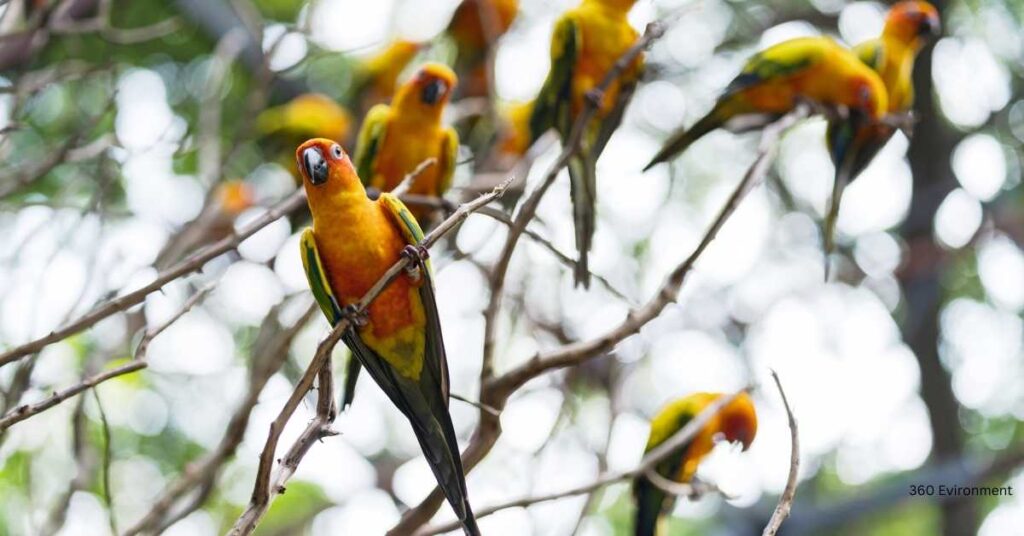
1. Choosing Safe Plants
Selecting non-toxic plants is crucial for creating a safe environment for parrots. Opting for plants that are confirmed to be safe helps avoid health risks.
Safe Alternatives:
- Bird-Safe Plants: Choose plants that are known to be safe for parrots, such as bamboo, palm, and specific fruit trees.
- Enrichment: Providing a variety of safe plants and toys contributes to physical and mental stimulation for parrots.
2. Managing Risks with Coral Trees
If you have coral trees or other potentially risky plants in your environment, managing these risks is essential to ensure parrot safety.
Precautions:
- Placement: Keep coral trees and other potentially hazardous plants out of your parrot’s reach. Ensure they cannot access or chew on parts of the plant.
- Veterinary Advice: Consult with an avian veterinarian for guidance on plant safety and to address any concerns about the coral tree and its potential risks.
General Care Tips for Parrots
Maintaining a healthy environment for parrots involves more than just plant safety. General care practices also play a significant role in their overall well-being.
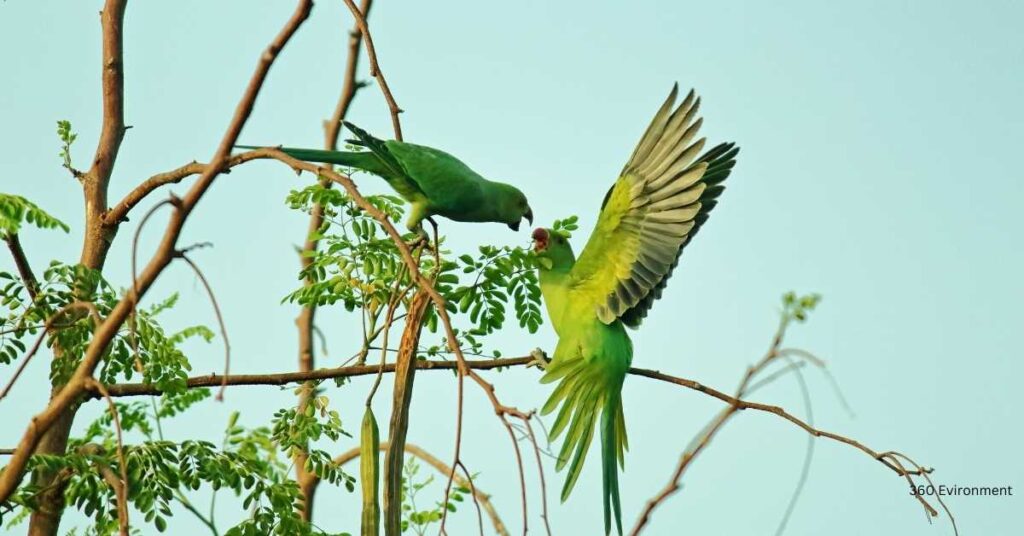
Diet and Nutrition:
- Balanced Diet: Offer a varied diet to meet your parrot’s nutritional needs. Include fruits, vegetables, seeds, and pellets.
- Fresh Food: Incorporate fresh, safe plant materials into their diet to provide additional enrichment.
Enrichment and Interaction:
- Toys and Perches: Provide diverse toys and perches to encourage activity and mental stimulation.
- Social Interaction: Regular interaction and bonding with your parrot are vital for their emotional health.
Conclusion
Evaluating whether the coral tree is safe for parrots involves understanding its potential risks and ensuring a safe environment. While coral trees are not commonly associated with severe toxicity, being cautious and informed is crucial for protecting your parrot. By choosing non-toxic plants, monitoring interactions, and seeking veterinary advice, you can create a secure and enriching habitat for your avian friend.
In summary, while the coral tree may not present a significant danger, taking proactive steps to ensure safety is always wise. Prioritizing the health of your parrot by choosing safe plants and maintaining a hazard-free environment contributes to their well-being and happiness. With careful consideration and care, you can provide a nurturing and secure home for your parrot, ensuring they thrive in a safe and stimulating environment.
Read More: Understanding How Does A Parrot Get Sun Through The Feathers?

